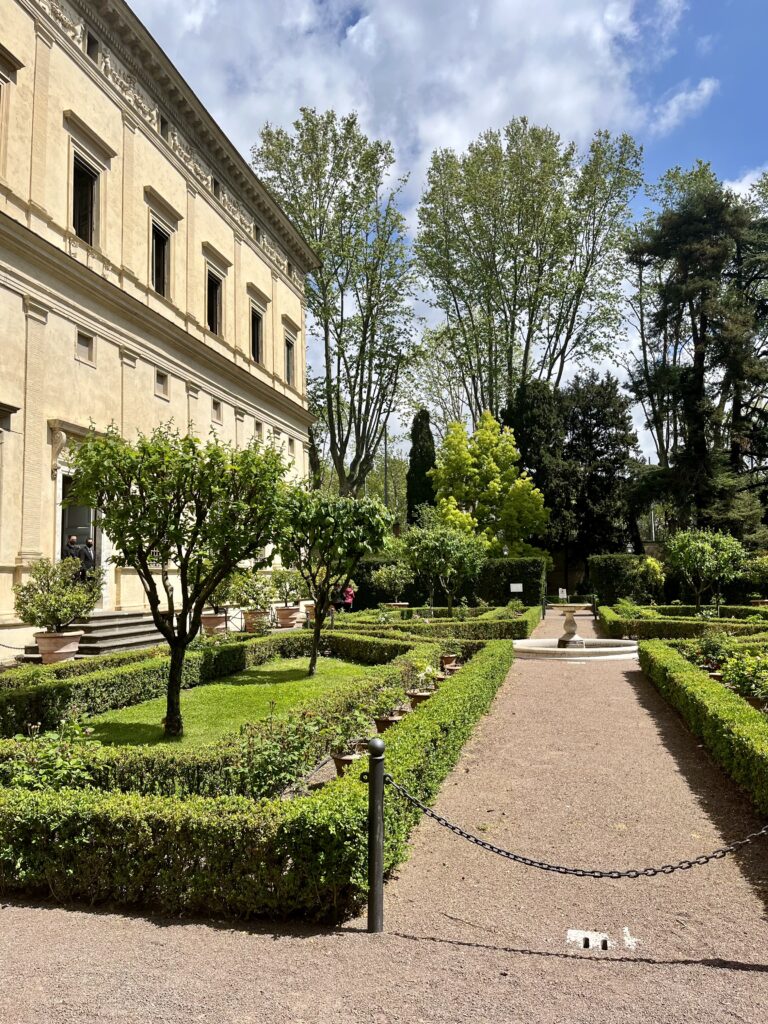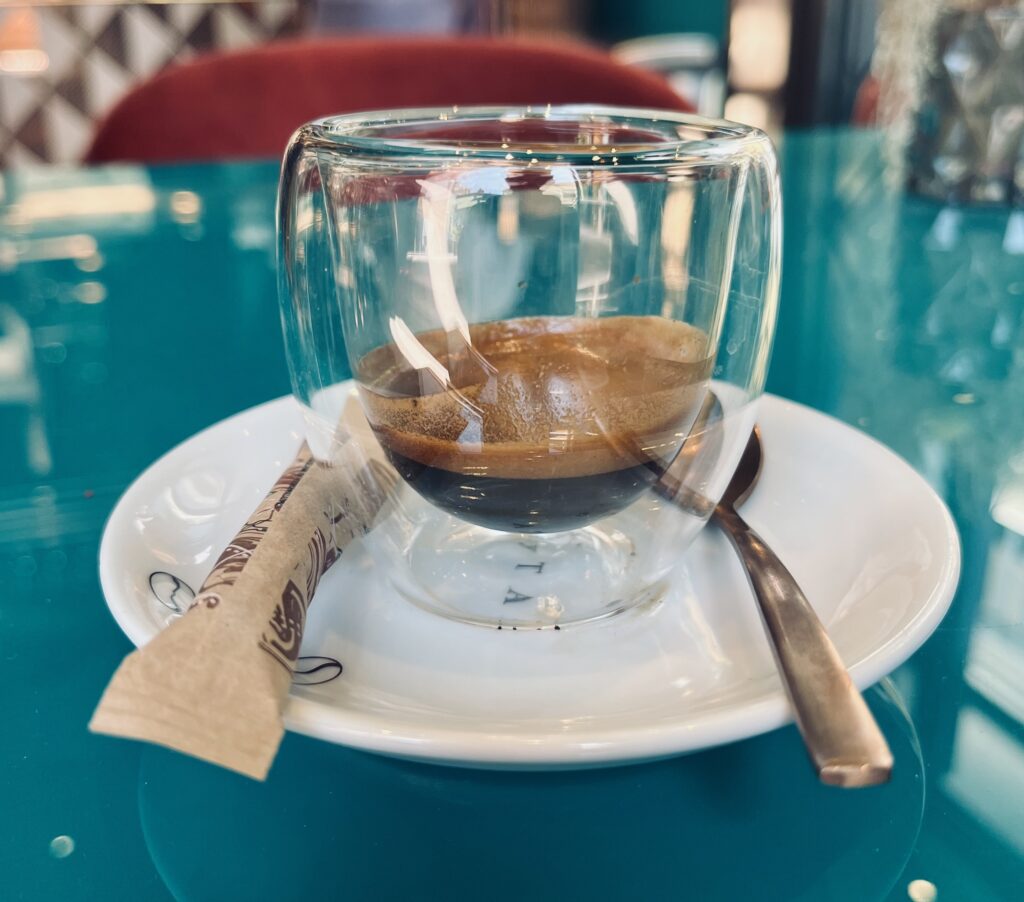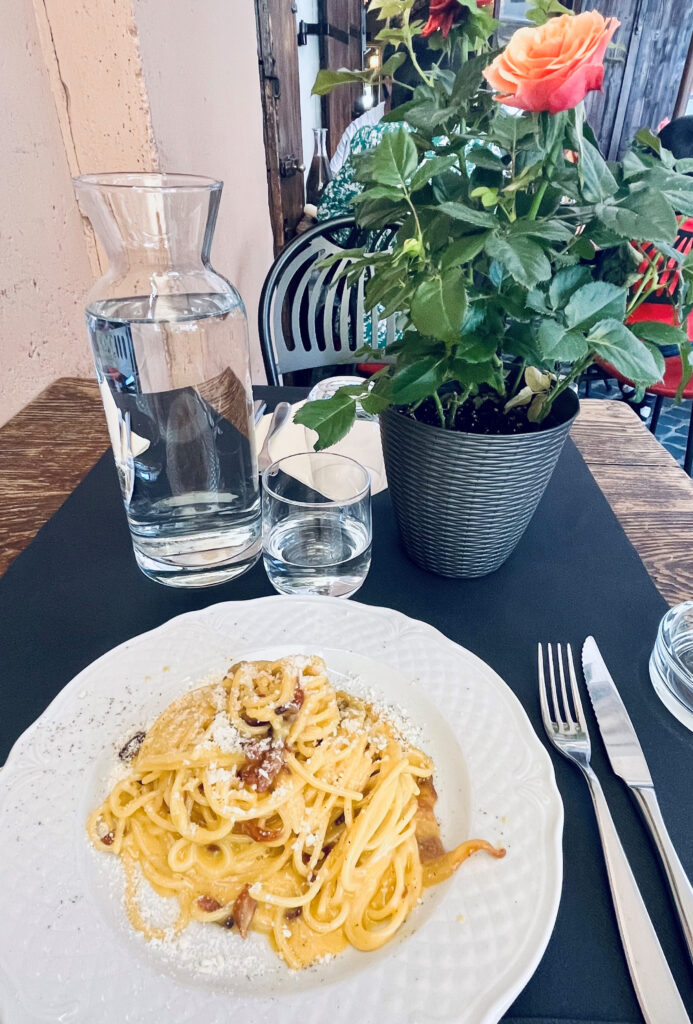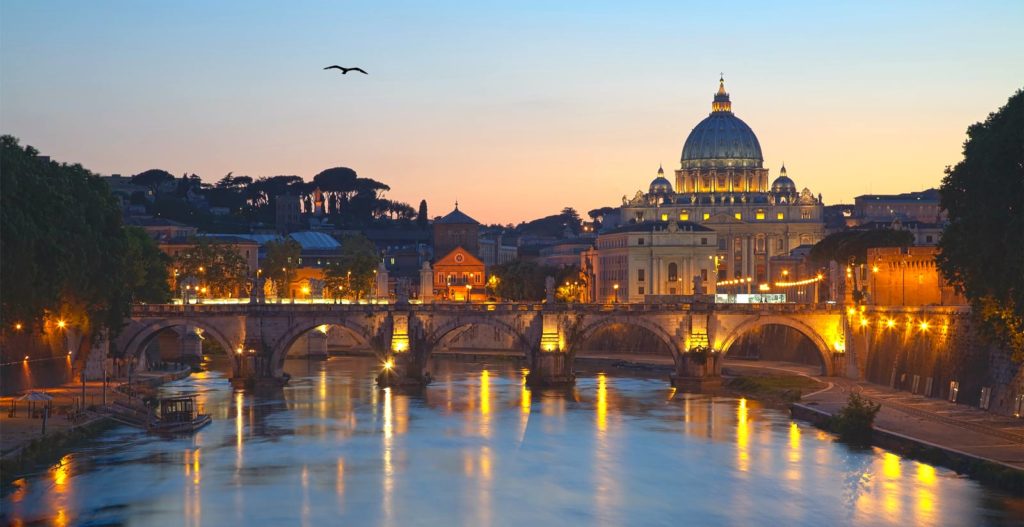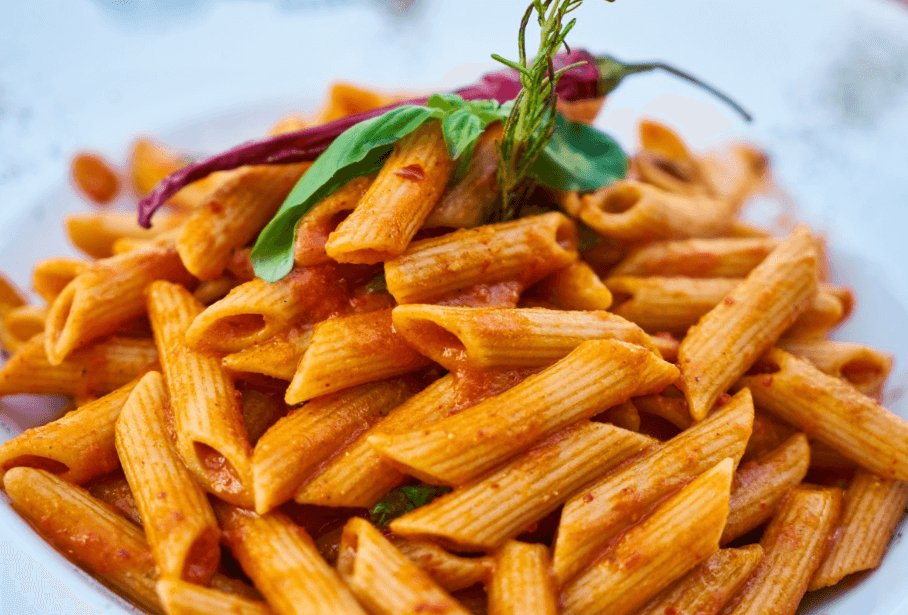Rome Highlights >
Rome Famous Fountains

The Ancient Romans have always had a passion for water. They have proven to be great engineers, building important aqueducts (some of them still in use today) as well as famous thermal baths such as Caracalla. After centuries of decadence with the Roman Empire , they taken up with great enthusiasm to play with the water and start building fountains all over the city center. Today the city of Rome has more than 2,000 public sources of water, more than any other city in the world! The following is just a short list of some of the Eternal city’s most famous and most beautiful fountains.
The Trevi Fountain, the iconic fountain is back and looking brand new!

The Trevi Fountain
After 17 months of restoration and an expenditure of 2.2 million €, the Trevi Fountain was reopened to the public in November of 2015. The masterpiece located in the heart of the city center built by Nicola Salvi between the 1732 and 1762, has returned dominate -in all its glory- the subjective ranking of the Rome’s most beautiful fountains. It is a monument that has garnered unparalleled attention, with news of its reopening finding ; indeed, the news of the reopening has found ample space in international press. The restoration includes many new and innovative features such as the installation of a new LED lighting (approximately 100 LED lamps), designed to enhance the monument features and the water flowing through it.
The fountain was immortalized Federico Fellini’s La Dolce Vita (1960); where the memorable scene of Anita Ekberg and Marcello Mastroianni bathing was filmed . This majestic fountain supplied by one of the oldest Roman aqueducts (the Aqua Virgo), represents Oceanus: primordial god of the sea, on a shell-shaped chariot drawn by seahorses and led by mermen. As cliché as it seems: make sure to throw a coin in and make a wish!! All the coins will be donated to the Caritas charity fund.
Fountain of the Four Rivers

Fountain of the Four Rivers – Rome
Located in Navona square, this fountain was commissioned by Pope Innocent X of the Pamphili family and was built by Bernini between 1648-1651 with the help of other sculptors. The fountain represents four of the world’s most famous rivers: the Nile, Rio de la Plata, the Danube and the Ganges.
- The Nile: This river is represented by a lion and a palm tree to symbolize the African continent and a blindfolded statue illustrating that the river’s source was yet to be discovered.
- The Rio de la Plata: This South American river is paid homage to the silver coins meant to represent shimmering silver hue of the river (from the Spanish “plata” = “silver”). The repeated assertion that the figure in this part of the fountain is gesturing to show his aversion to Borromini and the perceived instability of the Church of St. Agnes , is in fact false. Borromini had only started work on the church in 1653, when the Fountain of the Four Rivers had already been completed by Bernini.
- The Danube: This major river and its surrounding fertile and lush valley is evoked by a horse and flower.
- The Ganges: This Indian river is represented by a long oar to indicate the navigability of the river.
Towering above the fountain lies a massive obelisk from the ancient Circus of Maxentius. This fountain is not oriented according to the four cardinal points, but instead according to the four intermediate directions, Northwest, Northeast, Southwest, and Southeast. This is representative of the four parts of the world (as it was thought then), as each represented river flows through a different land; the Rio de la Plata in America, the Nile in Africa, the Danube in Europe and the Ganges in Asia. The Fountain is therefore a symbol of the universality of the Church, with its center in Rome. According to Baroque art expert Olivier de la Brosse: “Bernini… in one work, represents the unity and the diversity of the Church, its center and its periphery, its principle of stability and its missionary dispersion”.
Some small Rome famous fountains, authentic gems to be discovered
- The Spanish Steps are a site not to be missed when visiting Rome! At the foot of the stairs lies a sculpture of a boat with a surrounding fountain called the Barcaccia, (Italian for “the ugly boat”). It was built between 1626 and 1629 by Pietro Bernini (father to Gianlorenzo Bernini). This fountain has undergone many restorations, the latest of which came after an incident of vandalism by Dutch football hooligans. Today, it is completely restored and quenching the thirst of many tourists and locals alike.

“La Barcaccia”: Spanish Steps Fountain
- In the Barberini area, lies another 17th Century fountain: Il Tritone. Built entirely of travertine, the merman, with his mighty torso and legs covered with scales, is depicted kneeling on a large shell led by four dolphins. The powerful figure is seen blowing into a shell, from which the water flows into the basin below. According to the mythology surrounding this figure, the merman could blow into a shell to agitate the waves and cause a storm, but also to calm the sea.

Fontana del Tritone
- Located on the opposite side of the historic city center, perched on the top of the Gianicolo hill is the Acqua Paola. A massive fountain built over a Roman aqueduct of almost two thousand years ago. From this point in the city you can enjoy unparalleled sweeping views of Rome. The fountain, as well as the view are also famous for being featured in the Oscar winning ‘La Grande Bellezza’ by Paolo Sorrentino and 007-Spectre movies.
- Legend hold that the Duke Mattei, whose palace overlooks the eponymous square which houses the Fontana delle Tartarughe (the Turtle Fountain), accomplished the feat of building the fountain in one night to impress his stubborn future father in law.
The next day while looking out over the newly built fountain with his daughter, the man was so impressed by the work that he granted the Duke his daughter’s hand in marriage.
After this episode, the young Duke decided to wall up the two windows so that no one else could enjoy the same view, and indeed you can still see the walled up windows today! And what purpose do the turtles serve?, They are simply the result of a design error, as in fact the hands of the sculpted youths did not reach all the way up to the edge of the upper tank and so the turtles were added in 1658, 50 years after the fountain’s original construction!
Fontana delle Tartarughe
- The intersection of Via del Quirinale and Via delle Quattro Fontane is characterized by Quattro Fontane (‘Four Fountains’) built by Francesco Borromini between 1638 and 1663 that adorn the four corners. The four travertine works (all making up one single masterpiece) are built into specially created concave spaces in the respective buildings . The different figures are grouped in similar pairs: two bearded male figures: allegories of the Tiber and Arno rivers, facing two female figures represent Diana and Juno. The first two symbolize Rome and Florence, while those of Diana and Juno are a symbol of loyalty and courage, respectively. From this intersection you can see in the distance: the obelisks of Santa Maria Maggiore (south-east), Trinita dei Monti (north-west), the Quirinale (south-west), as well as Michelangelo’s interior facade of Porta Pia (north-east).

Quattro fontane
The “Nasoni” or “big noses” of Rome

A typical Roman “Nasone” – also called “Fontanella”
It’s easy to understand the origin of this curious name once you see the shape of the tap the water comes out from! Also known as “fontanelle”, these taps are definitely not the most Rome famous fountains but they are certainly the most useful, as you can easily drink from them! In fact, their water is one of the purest mineral waters in the world. You’ll always find a nasone somewhere on the streets of Rome, in fact, there are approximately 2’500 of them spread all over the city center. They are around 120 cm tall and were first installed in 1874: the first one was placed in front of the Pantheon and is still functioning today!
